
On the day Professor Yessenia Padilla’s printer failed, the whole dynamic of the students was disrupted. For more than two months, she has been printing the revision material for the 14 students of Bellavista school in Nandayure, but on that day she had to send the practices through WhatsApp to the parents. Between the poor signal from the Internet and some parents poor handling of technology, the day ended up being frustrating.
Located about 50 km from there, on the coast of Samara, José Manuel Carrillo shares the same frustration as Yessenia. He is 17 years old and has a “very slow” internet plan on the phone, but this is all he has to get the lessons and keep learning. He believes that just by having a computer everything would be easier.
Yessenia and José Manuel do not know each other, but they suffer from the same unbalanced system that was transformed on March 16, 2020, when the Ministry of Public Education (MEP) suspended lessons in all public and private schools in the country and announced that the school year would continue at a distance until April 13. That date has been extended indefinitely.
All the educators and students consulted for this report agree that the current education system is structured for face-to-face learning, and an immediate change like the one we are experiencing slows down that process of learning.
According to the National Institute of Statistics and Censuses (on their National Household Survey, from July 2019), almost 6 out of every 10 homes in urban areas have fixed internet, but in rural areas it is only four out of every 10.
The MEP official said that the distance education strategy included the provision of support materials, such as photocopies to students. “We are not talking about virtual classes. This is not a virtual classroom,” Cruz insisted.
“Each educator will communicate with their students from different remote options offered by the MEP, so that they can review what they have learned with different materials,” quotes a statement from the ministry.
A Digital World
Although this guideline does not mandate the continuation of education in digital form, it is the first cartridge that teachers and students burn. And there, the use of learning platforms becomes a thermometer of the digital world.
From Barrio La Granja, in the central district of Nicoya, Norma Villegas gives virtual classes for the private school, San Ambrosio. Since her school is private, she uses a different digital platform than the MEP, Microsoft Teams. Here neither the Internet nor the platform fails, but Norma has another problem: She used to have a well-established schedule from 6:40 a.m. to 4 p.m., but now she receives inquiries on WhatsApp for more than 12 hours a day.
I give them a schedule for the questions, but it is a lie, everyone can do their obligations at different times and who is not there?” She says.
Luis Alberto Lizano, a Biology and Natural Sciences Professor at the High School of Sámara, the Professional Technical High School of Copal, Quebrada Honda of Nicoya and at the Nicoya night High School, do use the platform provided by the ministry.
Lizano educates a total of seven groups of approximately 24 students each.
The media Delfino.cr claims that the ministry trained teachers in virtual workshops and webinars to learn how to use Microsoft’s Teams tool, which is, something like Zoom.
According to the media, more than 5,000 educators had taken part in them by the end of April, just over 50% of the teaching staff of the MEP.
The Ministry also opened the 1116 telephone support line for teachers and parents for inquiries about distance education. The institution reported that since the opening of the line, they receive 900 calls a day.
Lizano claims that the platform is very good because it has the possibility to make video calls and to have an electronic board, but he recognizes that on occasions it was like “frozen”.
Some of his students also claimed to have “their complications”. For example, Naideline Carrillo, 14, a student at the Liceo de Sámara, says that if she doesn’t have applications like Word or PPT,” it is difficult to download the documents.
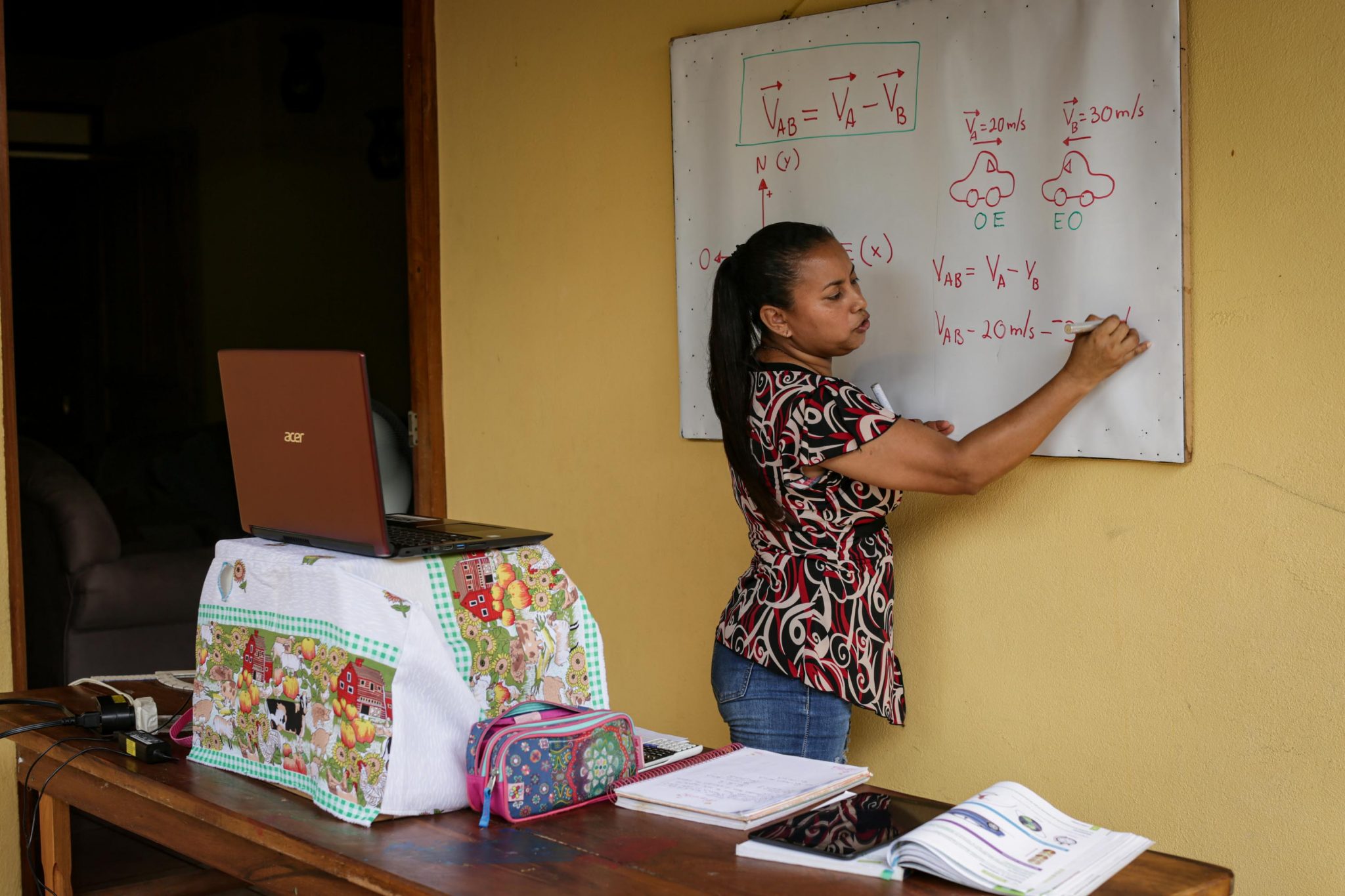
Norma Villegas has been a teacher for more than 25 years. She has worked at the San Ambrosio private school in Nicoya for 10 years. She turned the backside of her house and her garage into makeshift classrooms to give virtual lessons in physics, biology and chemistry to her students. When one of her students tells her that she had problems with the Internet in the morning, she replies, “It’s okay, my love, you are here.” And when another says, “Teacher, I cannot see the blackboard [the one in the back with the physics formula on relative motion],” she decides to send a picture to the WhatsApp group. She says she is not technologically agile, but in 90 minutes of class that expression seems like a lie. She has complete control over everything.Photo: César Arroyo
Internet: Lord and Master
Students have the option to access self-employment guides and study from home. These are documents created by the institution for each subject and academic grade, in which they detail the material and tasks that students must do from home. However, students and teachers always need and look for ways to communicate to solve doubts or have explanations for the materials. At that point, the Internet is everything.
According to the INEC survey (Enaho), in rural areas more houses access the Internet via mobile phone (about 63%) compared to the urban area. However, according to Lizano, this option always ends up being a problem for students because the Internet is not enough for them and they end up disconnecting in the middle of the class.
Circuit 08 in Nandayure is an example of that. The one-teacher Yessenia Padilla explains that she set up a schedule, once a week, to give parents the students review material and to help children who require some extra explanation of the subject they are reviewing.
In that area, there is either no internet at all or the “signal is worse.” Padilla is the only teacher at Bellavista School, which has 14 children in first, third, fourth, fifth and sixth grades.
“I [one day] had a problem with the printer, so I sent the homework to the kids through the parents WhatsApp, but some of them find it very hard and they get frustrated, so it is difficult on all sides,” says Padilla.
This frustration is explained even more by Professor Lizano, who ensures that some of his students do have their internet plan at home, but this is not the case for everyone in the province.
“Many students look long from their homes to find coverage. After a while they say to me ‘teacher, I have to leave because it’s already scary here, it’s getting dark.’ So, I cannot stop them. We do not think about the student who has to move from the mountain inside [in Chinampas and Santo Domingo, from Sámara, for example] to look for a signal,” he added.
Not everything is a matter of financial resources with the Internet. Adriana Flores, of the Costa Rica International Academy in Tamarindo, says that in the coastal areas the internet is very bad and “even if families could pay for the more expensive internet, if there is no service, it is the same”.
The 2011-2016 cantonal competitiveness index of the University of Costa Rica places all the cantons of Guanacaste (except for Liberia) in a low infrastructure quality index. This area monitors facilities in terms of mobility, communication and access to information technologies.
But sometimes that depends on the type of school. At the school where Flores works, they had several platforms like Google Classroom and distance education policies long before the pandemic.
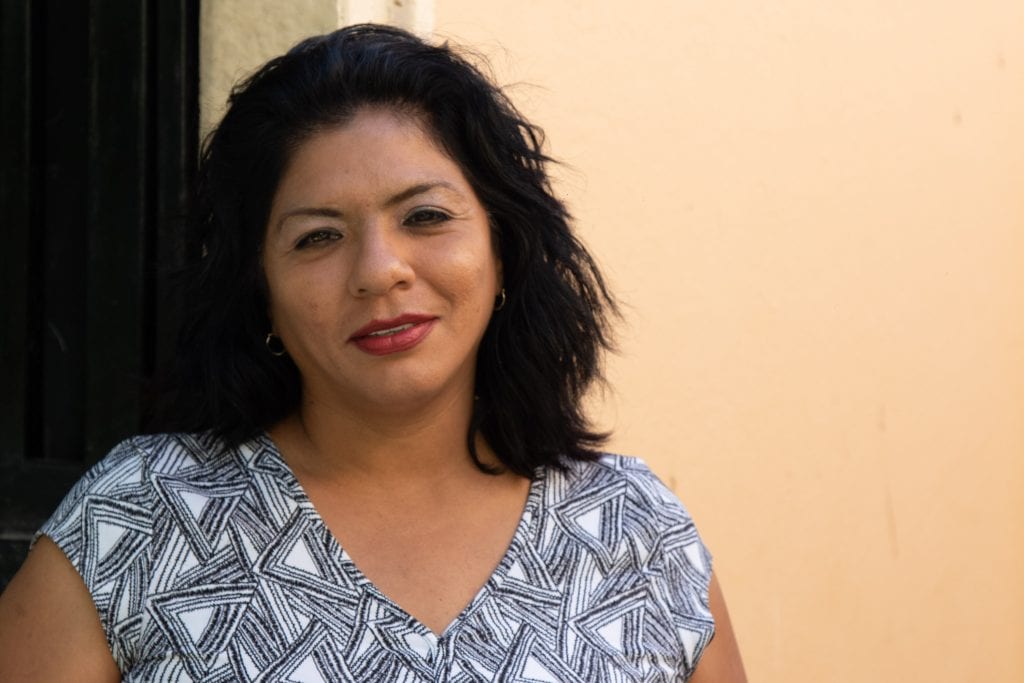
One of the major concerns of the Professor Yessenia Padilla is how, once the classes have returned, the students will be able to make up for more than two months of lessons on a hold. She is the only professor at the Bellavista school in Nandayure, where there are 14 students. It is a single-teacher school, and in the area, she says, Internet connectivity is limited or non-existent. She gives copies of the revision material to the parents of each child once a week, and she also takes advantage of this time to clarify doubts for her students. “You see the parents get frustrated, because they are not teachers and it is complicated,” she says. She assures that her “little first graders are so far behind that by now they should be reading a few words, but they keep going over the vowels.Photo: Maria Fernanda Cruz
I must work!
Far from the internet and technology, there are larger obstacles that prevent the days of learning at home from taking place within the few standards of normality that remain in times of pandemic. Poverty is one of them.
With no money, the access to technology, tablets, computers, internet and even the transport from the house to the educational centers to get the printed material in case none of the other options are available, is abandoned.
According to Lizano, many of his students told him that their parents bought them a tablet, but that the MEP did not consider students with more limited resources. In fact, he claims that some of his students are working to help around the house.
“I told one out there that this is not the time for work, this is the time for school. He answered me this: ‘Professor, I need to work because we need it at home’, and he is somewhat right. It is no secret that we are all on the same page with COVID-19,” said Lizano.
Recent projections by the Inter-American Development Bank (IDB) estimate that unemployment will rise from 12% (as it currently stands) to 19% as a result of the crisis in Costa Rica caused by the COVID-19. This will affect more than 200,000 jobs. Meanwhile, the IDB estimates that poverty could increase by five percentage points
In a field like tourism, in Guanacaste alone, the crisis is reflected in the closure of at least 140 hotels, according to data from the Guanacaste Tourism Chamber (Caturgua). Even the Instituto Costarricense de Turismo (ICT) described the numbers of visitors to the country for the month of March as very bad.
According to data provided by the Immigration Institute of Costa Rica (DGME), and analyzed by the ICT, the Daniel Oduber Airport in Liberia registered 37,826 international arrivals in March, a month of high season. This is a 52.2% drop compared to March 2019.
Jose Manuel, from the Liceo de Sámara, supports what Professor Lizano says. He claims that one of his classmates told him that he was not sure if he would be able to continue in school because he had to work.
There are El Torito colleagues who are working because of the economic difficulties. Thank God, I am not. I think that more than one of them will not continue [when normal classes return] because they are working and I really do not know what the MEP has planned,” Jose Manuel said.
More Challenges
The United Nations Development Programme (UNDP) warned on 20 May that the closure of schools and the deep gaps in access to online learning could lead to an unprecedented decline in human development levels.
That is one of the concerns of all the teachers interviewed for this article.
Norma, from St. Ambrose School, says that for her the most severe consequences will be felt by the education system in 2021, when students must prepare for the postponed FARO tests, for example.
According to her and the other teachers, not all students are reviewing or learning new material at the same pace. They all agree that the way the current educational system is structured is to learn in person, and an abrupt change like the one we are experiencing is limiting this learning.
In class they [students] understand much easier. There are students also that I was on top of in the classroom, and now they are embarrassed to ask, and it is more difficult for them,” says Norma.
Studying at home can also have impacts on student’s emotional health. Flores, a professor at the Costa Rica International Academy, says children find it difficult to express their emotions or just do not know how, and that creates much more frustration in the process.
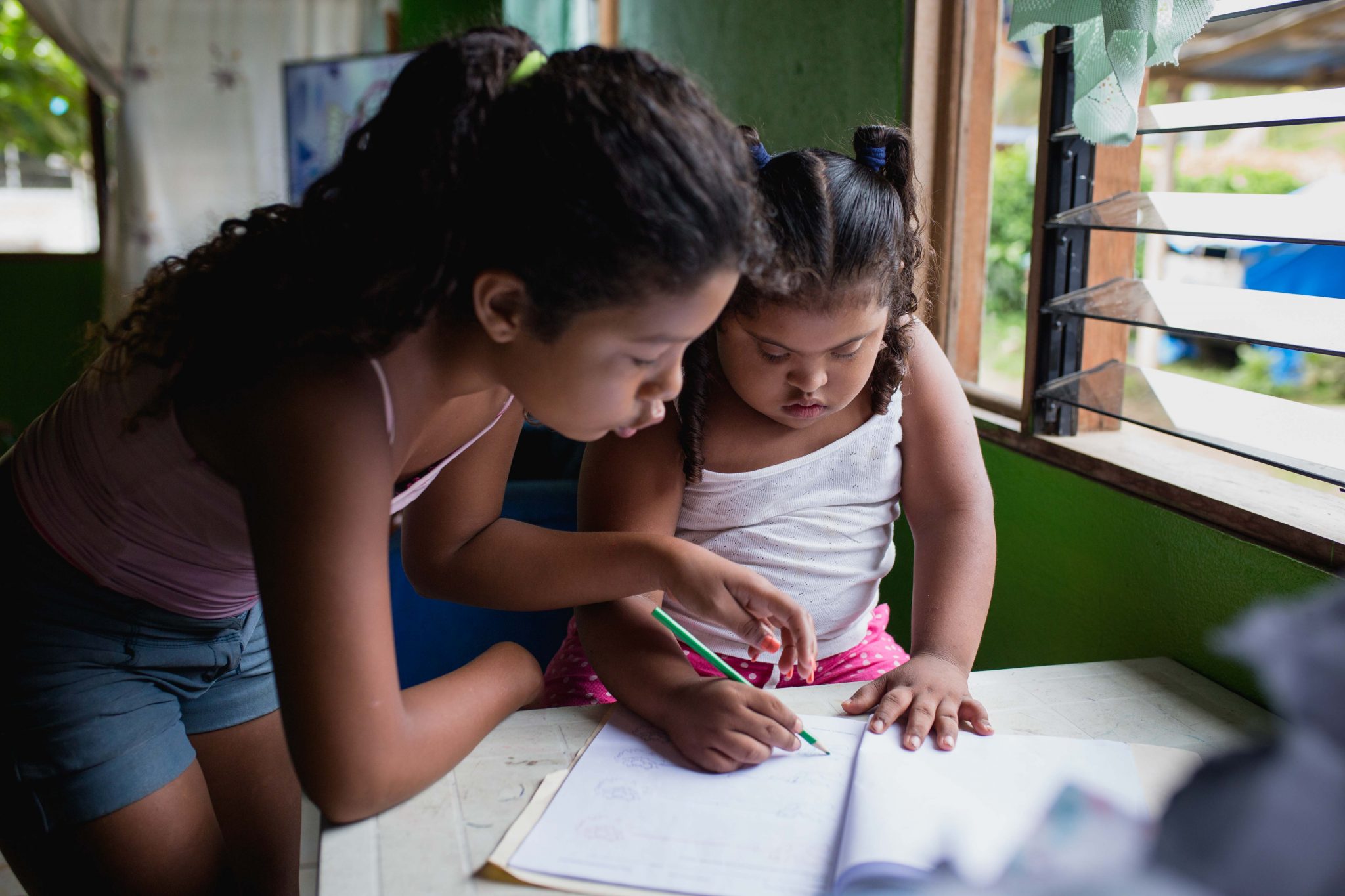
Lorena Ruiz is concerned about the education of her daughters Kahory (age 9) and Selena (age 13). That, however, does not take away her sleep as much as the economic situation in her home. She works two days a week as a janitor at the school in Bocas de Nosara, and the rest of the days she divides her household tasks between her and the girls. “Tell me, what do you do without a job?” She interrupts herself by saying that, in her time, computers did not exist. So, she asked the teachers to send the printed materials to her daughters so that she could get actively involved in education.
“I can give you an example, our population is very international. There were cases where children and their families had to ride the last flight back to their countries because they otherwise could not do so. No goodbye, no closure, they had to leave. That has an important weight”, admits the educator.
With all the obstacles in more than two months of the pandemic, the MEP has not considered declaring the school year abandoned and according to the Ministry of Health’s latest opening chronogram for the new normality, classroom classes could resume as of July 13 under protocols still being defined by the authorities.
From now on, Norma, Yessenia, Adriana, Luis Alberto and hundreds of students will continue the search for the best way to teach and learn in a context that, for everyone, meets a different reality.


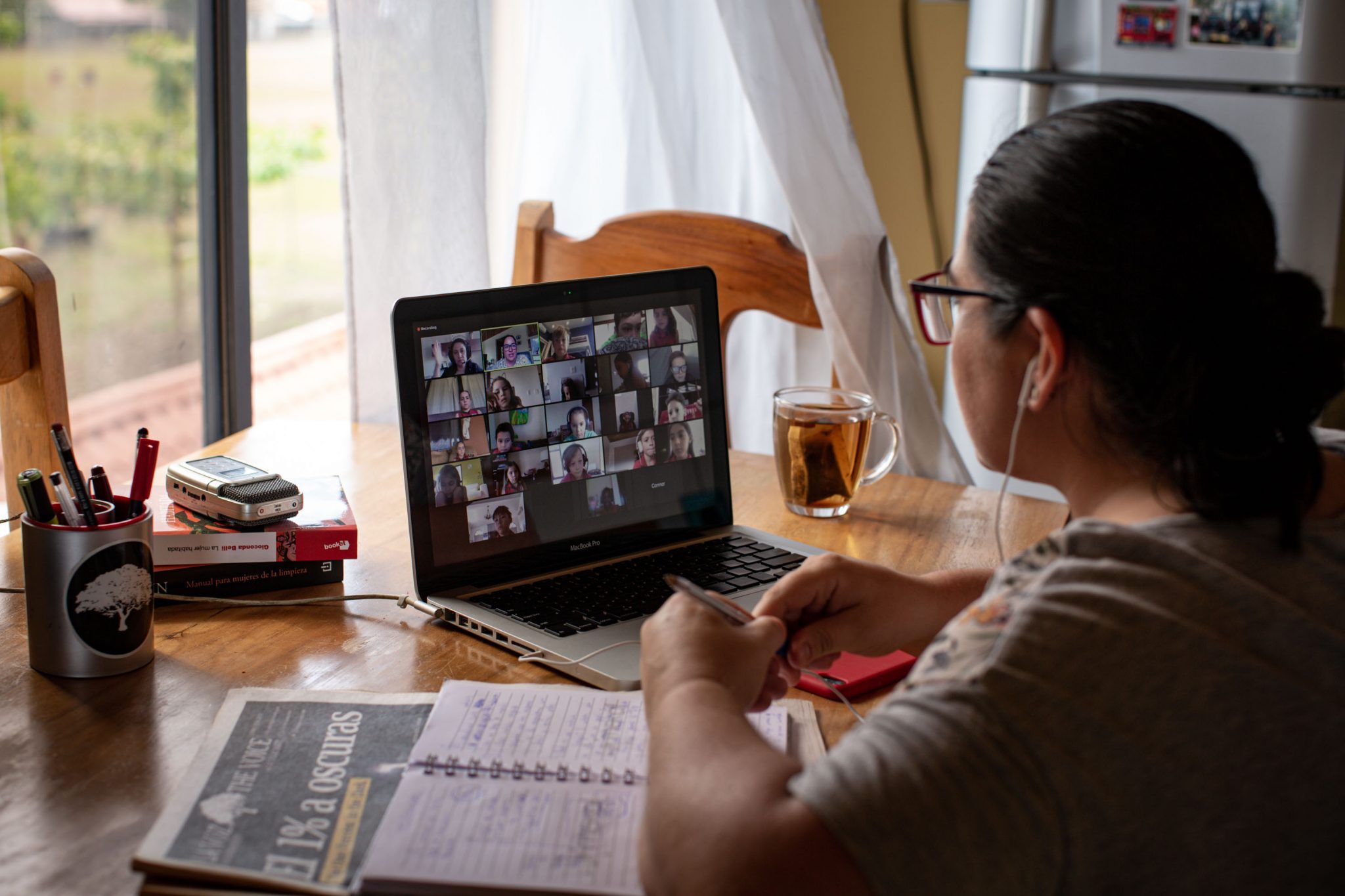


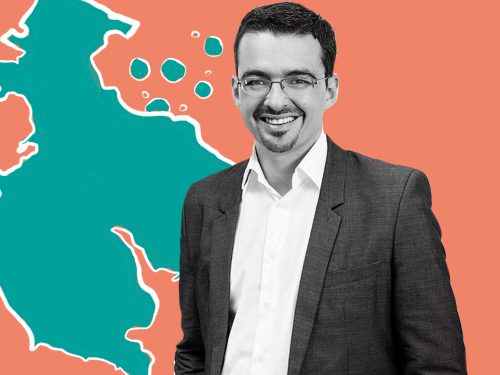

Comments